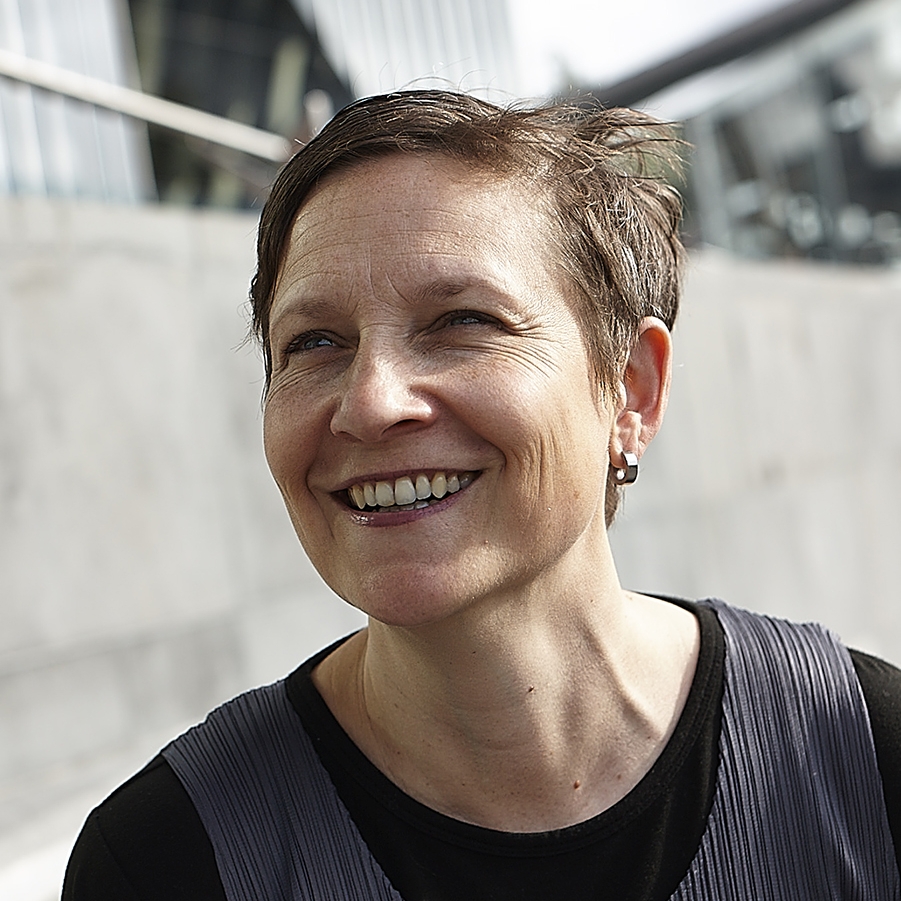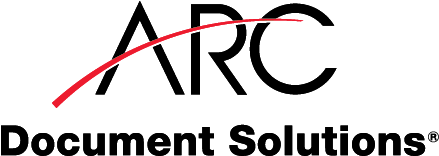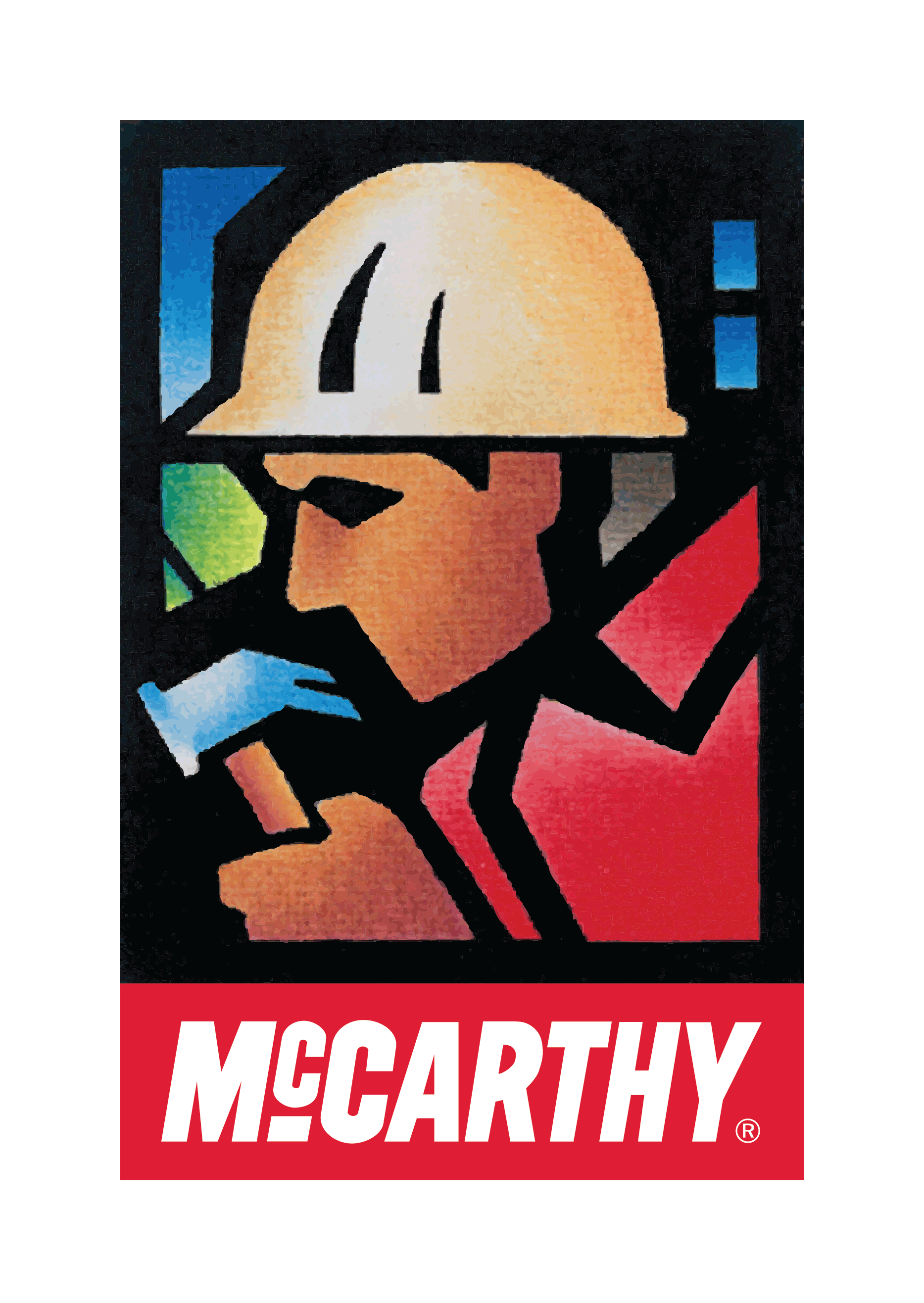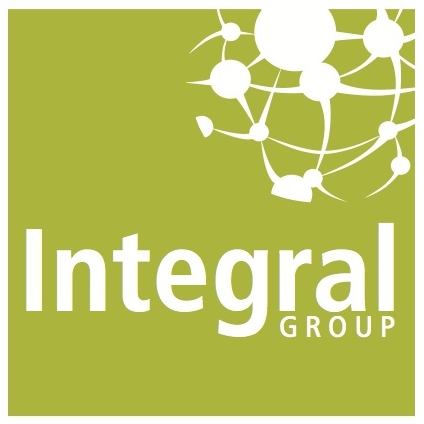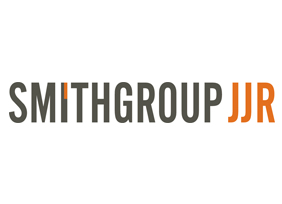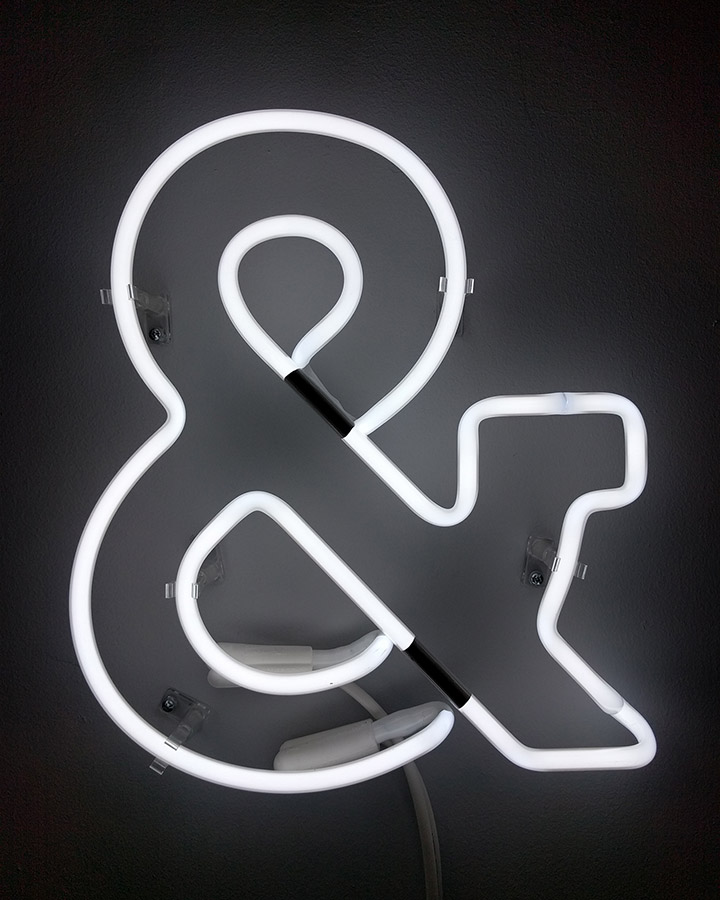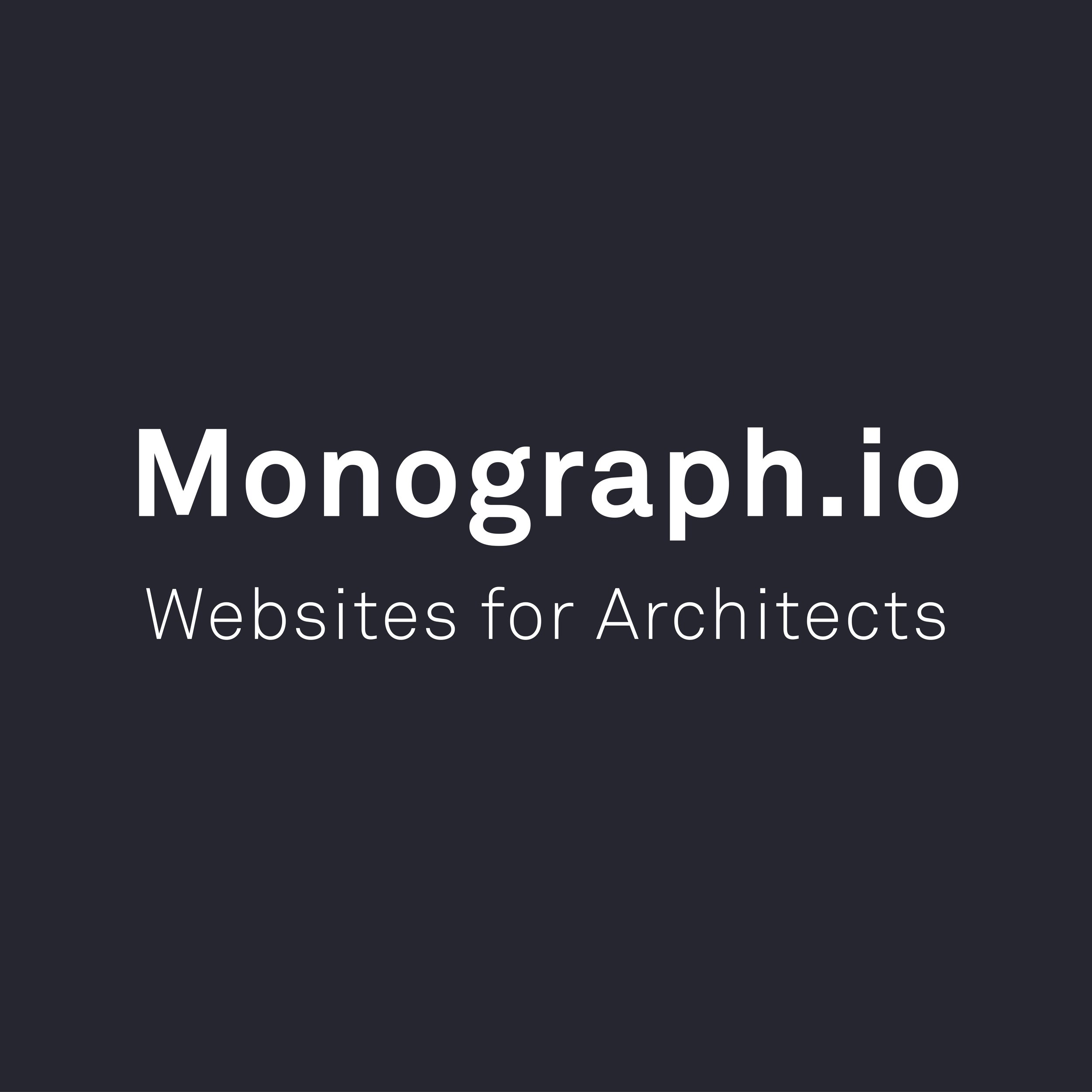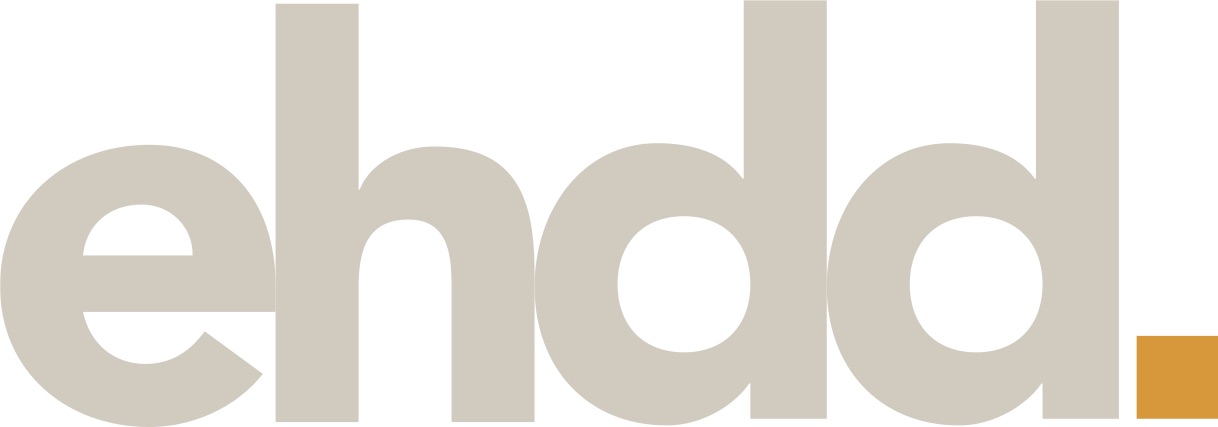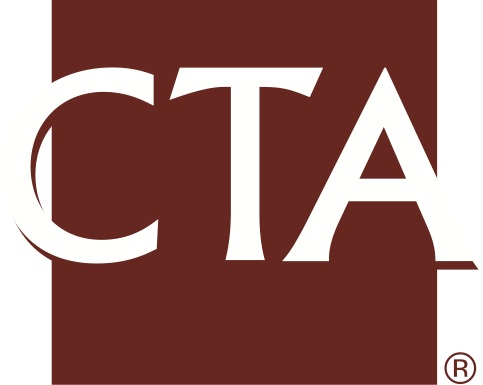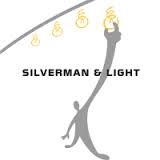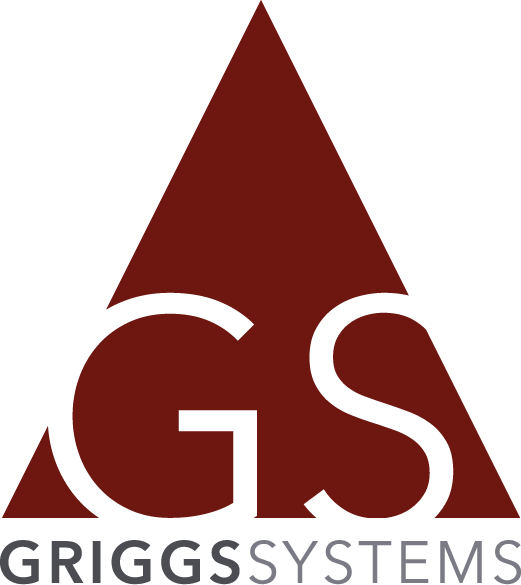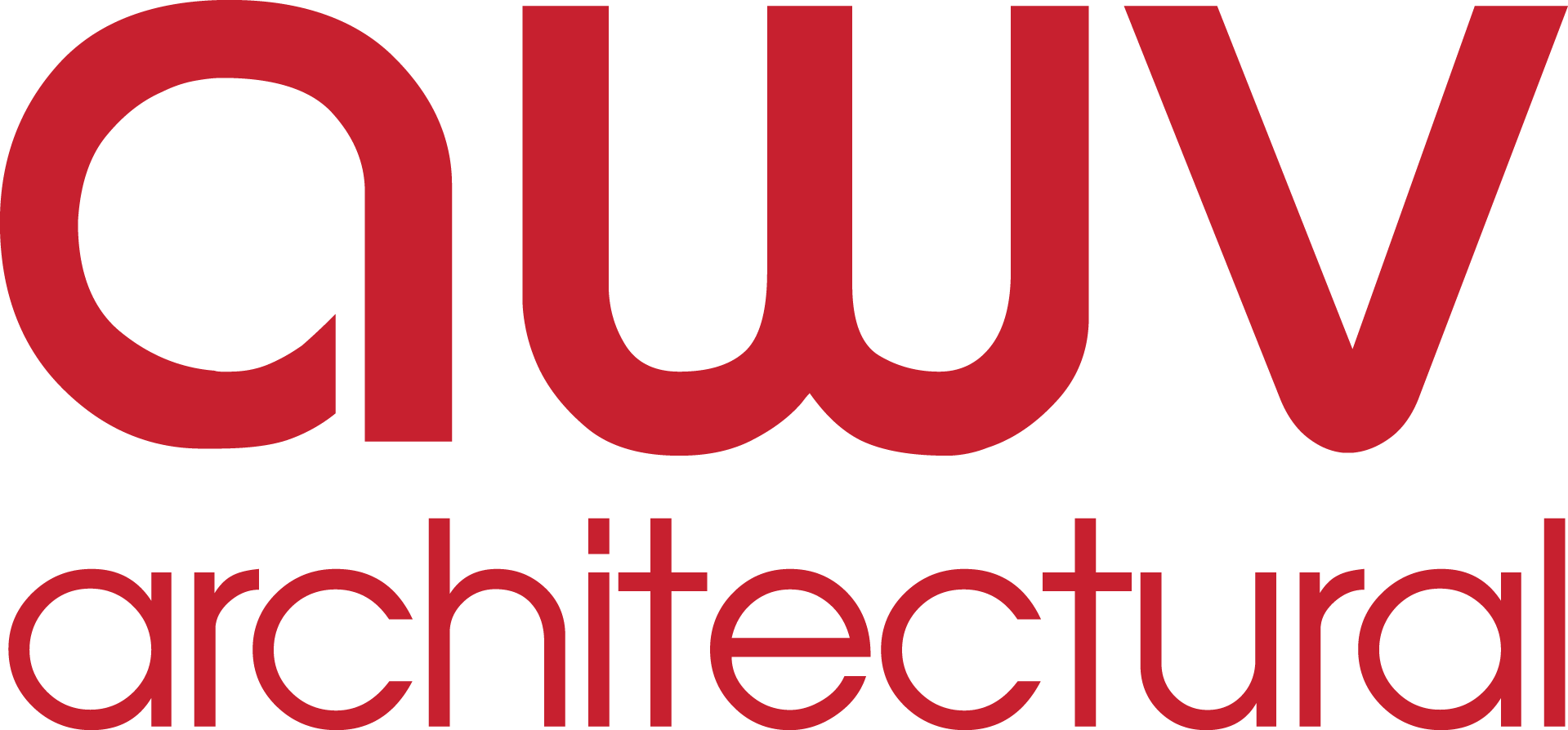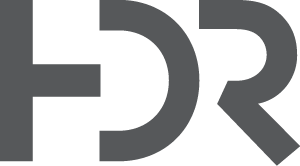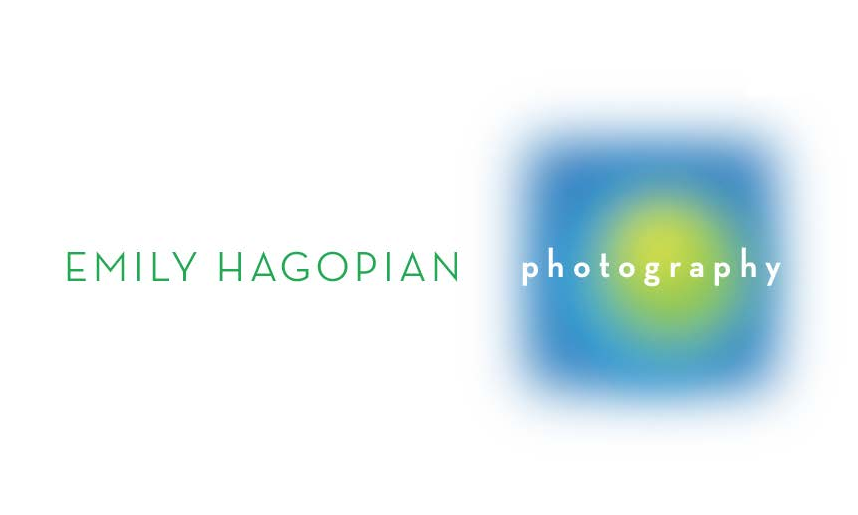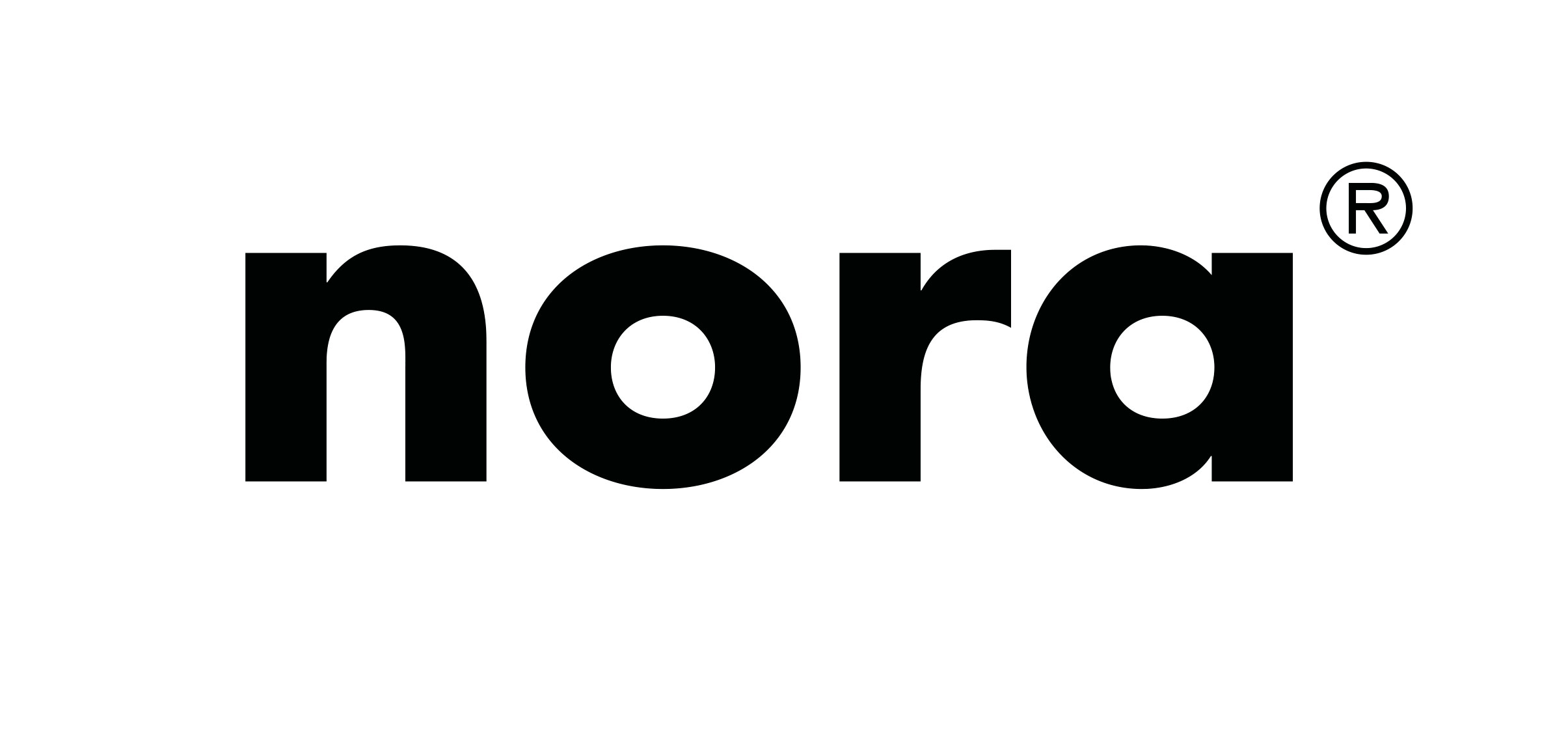With a couple weeks until AIASF's 4th Symposium — Equity by Design: Metrics, Meaning & Matrices, EQxD Blog will be featuring "behind the scenes" interviews with the facilitators of the Symposium Break Out Sessions for Career Dynamics and Pinch Points. Ellen Fuson, AIA, LEED Green Associate shares her insights on working with the Thought Leaders to shape this Career Dynamics session.
ADVOCACY: Define | Discover | Do
#EQxDAdvocacy
Advocacy can occur at a number of scales, from advocating for ourselves, to fostering environments where everyone can speak up, to working collectively nationally or profession-wide. In this break-out, session leaders will present case studies that illustrate these different scales of advocacy. . Through participatory exercises attendees will discover ways to test and implement advocacy at each of these scales. The session will conclude with a conversation about insights gained through the case studies and exercises, leaving participants better equipped to actively advocate in small ways and large.
Ellen Fuson, AIA, LEED Green Associate — Facilitator
Why were you interested in being a facilitator?
I am interested in being a facilitator because I am passionate about promoting productive, positive, and disruptive dialog about equity in architecture. As a previous attendee of the symposium, I am aware of how provocative the day can be: filled with innovative thinkers in a format that encourages interaction. This year’s theme — Metrics, Meaning, and Matrices — is right up my ally. I’m very inspired by EQxD’s methodology that data is power. Because of this approach, EQxD has made visible some of the complex hurdles that are present over the course of a career. In order to implement change, using metrics empowers us to track progress and find new meaning in transforming the culture of our profession.
How have the Equity pinch points and/or dynamics informed your session?
Often times, equity starts with advocacy. Advocacy is meaningful on an individual level — negotiating for yourself for a promotion and advocating for additional services on a project are just a couple of examples. But advocacy goes way beyond the personal and it can also be structural. When recontextualized, it has a role in establishing firm-wide policies that promote equitable practices, thus affecting real change in architecture, and the way we do business. Being a designer today in the Bay Area is very exciting: thought leaders from a variety of industries and backgrounds are bringing innovative ideas and energy to the area. I look forward to what the future may hold.
Are there any a-ha’s that emerged from the process of working with your team?
Yes! Working with the thought leaders has helped me to think beyond my personal experience with advocacy, and reframe advocacy in terms of the big picture. How can firms play a role in creating a culture that promotes systems of advocacy? How can advocacy be a tool on an industry level to promote equity? The thought leaders come from a variety of backgrounds, which help to challenge traditional modes of exploration. Whenever we speak, I learn something new or see advocacy from a different angle.
AIASF Equity by Design Symposium Sponsors
Special thanks to our amazing sponsors for their dedication and support. We look forward to seeing you there!

